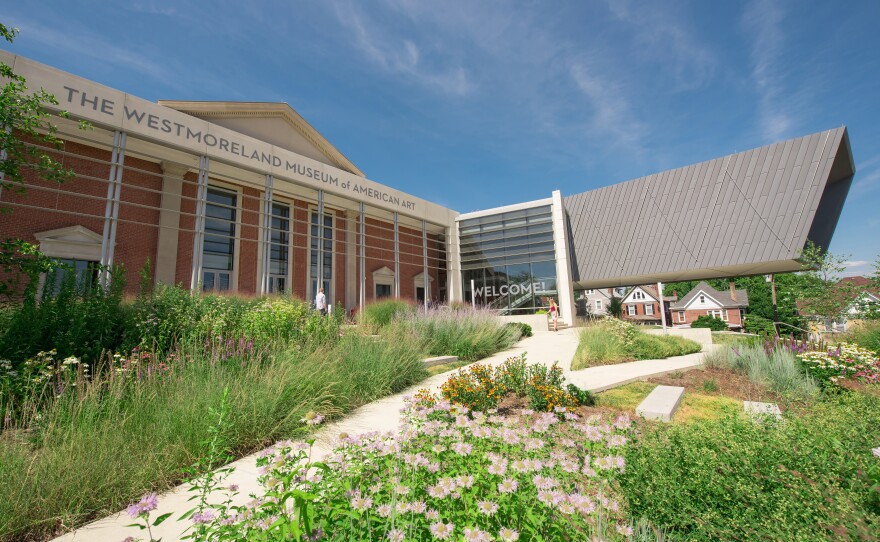Starting Nov. 3, many visitors to the Westmoreland Museum of American Art have gotten a pleasant surprise: The venerable institution no longer requests donations from visitors.
The Greensburg museum dropped its suggested-donation policy in order to become accessible to all, says president and CEO Anne Kraybill. The decision also had to do indirectly with the Tree of Life synagogue shootings.
Kraybill came to the Westmoreland about three months ago, from the Crystal Bridges Museum of American Art, in Bentonville, Ark., where there is no charge to view the permanent collection.
“We built that museum in 2011 on the foundation that everybody has access,” she says. “It was just something that was kind of core to my philosophy.”
After coming to Greensburg, she says, her mind was made up on Oct. 29, when she and other museum staff attended a vigil in Greensburg for the 11 victims of the Tree of Life shootings.
“It absolutely became crystal-clear to me that this is a really strong community, and it deserves to have equitable access,” she says. “So while I had been considering it, it was really in that moment that I felt like we really need to do this, as a way to be a place for everybody, to be a place of healing, to be a place of community-building, to be a place that complicates what the American story is.”
“After I talked with senior staff and our board chair, it just became very apparent to me that this was the right decision for our particular institution and our particular community,” she adds.
Until Nov. 3, adult visitors to the Westmoreland had been asked to donate $15, and seniors $10. (Museum members, children under 18, students with ID, and military veterans and their families were not asked to donate.)
Kraybill says 25 percent of visitors donated. Fiscally, this puts the Westmoreland in a different position than her old employer, Crystal Bridges, where general admission is sponsored by Walmart. (The museum was founded by the Walton Family Foundation.)
“It was a risk that I was willing to take,” says Kraybill. She says the museum will seek to make up the revenue from other sources. “I think that there’s other areas of giving. It’s just a strategy that we will have to come up with really creative solutions for.”
The move's an unusual one in Pittsburgh, or anywhere. Aside from the Kelly-Strayhorn Theater, admission to all of whose performances was changed to "pay what makes you happy" in 2015, it's hard to think of a visual-art or performance venue that stopped charging admission entirely. (There are, of course, many free art venues in Pittsburgh, including Wood Street Galleries, SPACE gallery, and the permanent collection at the Frick Art Museum.)
Current exhibits at the Westmoreland include “Artists Who Teach,” with work by 58 area college and university instructors, and “The Art of Re-Use,” featuring work made from reused or upcycled materials.






